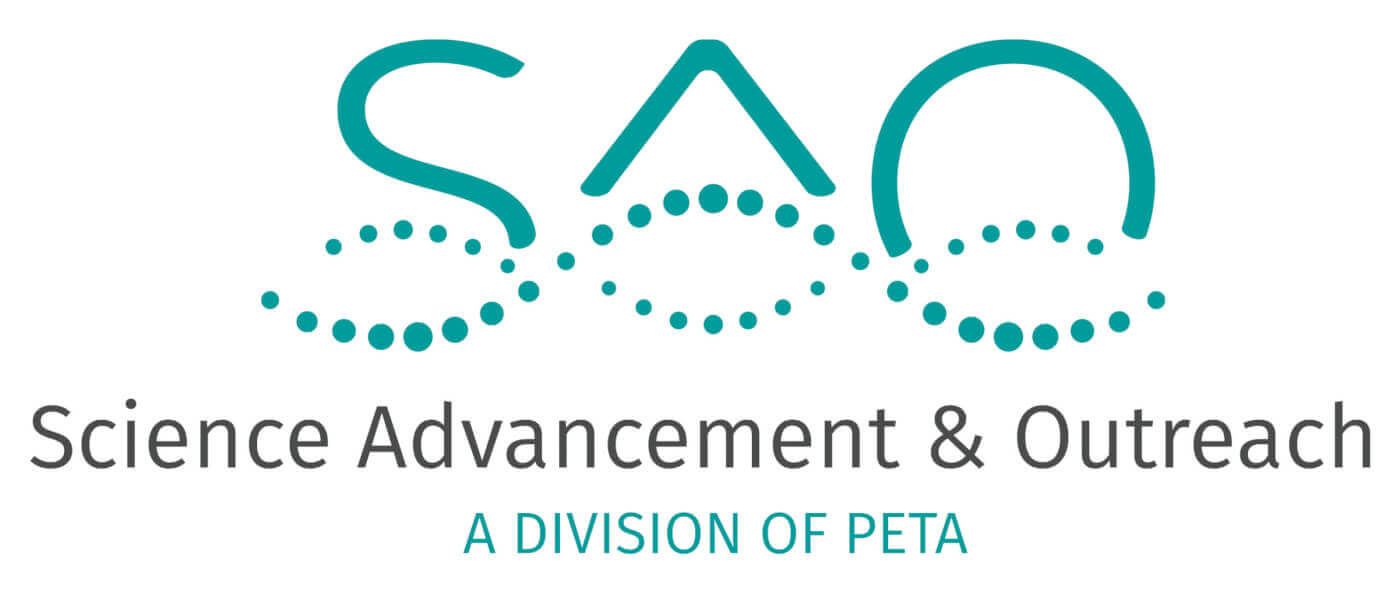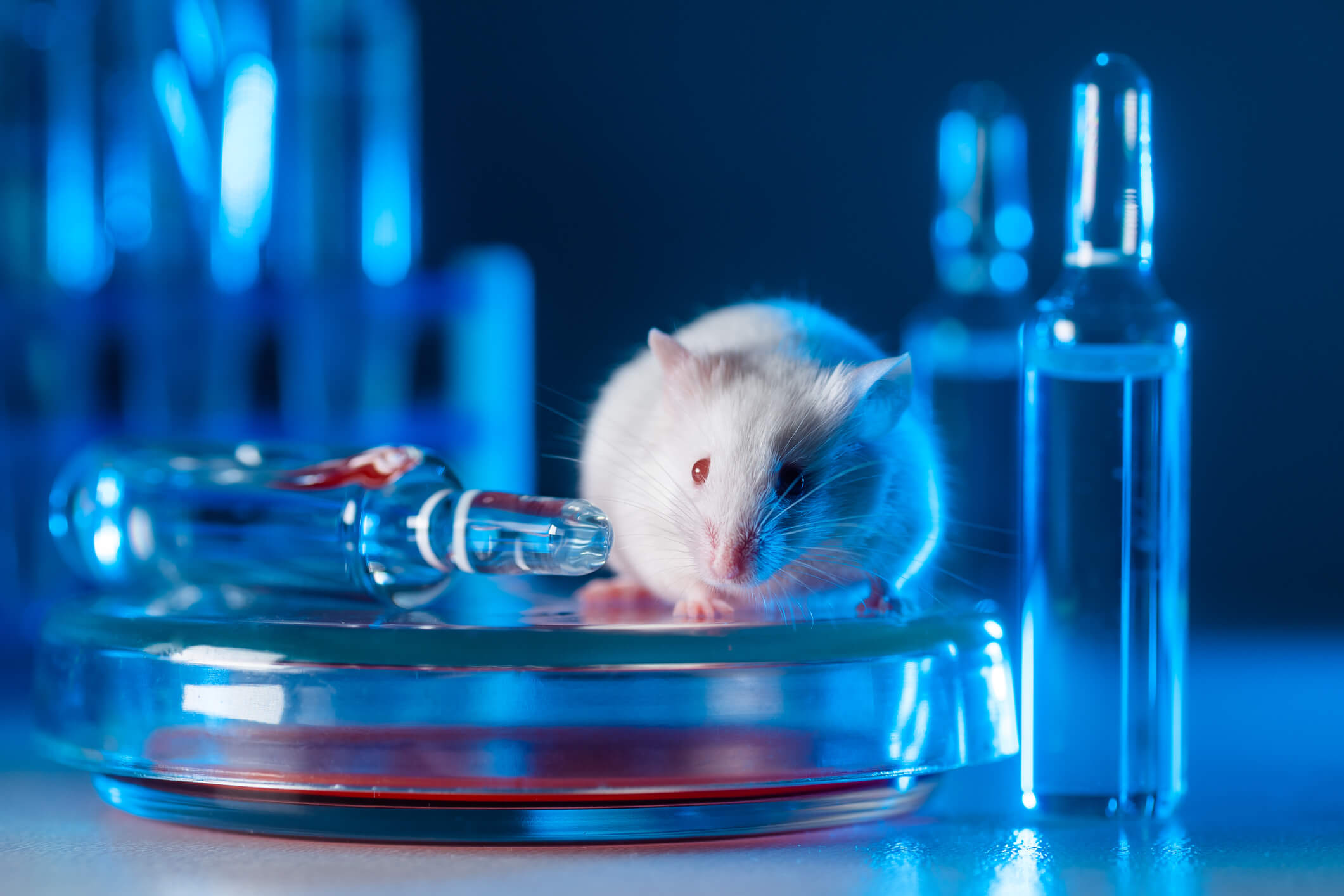Why We Haven’t Cured Cancer Yet
Written by Layane Ph.D.
September 2024
There Is No Cancer, but There Are Cancers
“Cancer” is a general term for over 200 different diseases, each with unique causes and behaviors. An estimated 53.5 million people lived with cancer in 2022,1 which means there were 53.5 million different cancers that same year. Cancer stems from one’s own cells, and each type can be as individual as people are, so two patients may respond differently to the same treatment regimen.
Finding the right treatment can be tricky because, in addition to each individual’s genetic singularity, patients often develop resistance due to mutations that occur as the disease progresses. Some treatments kill weaker cancer cells while other cells with particular mutations survive and continue to grow. This is why oncologists emphasize follow-up visits after therapy. Even if therapeutic protocols use a combination of drugs to improve response,2 patients are grouped based on a handful of characteristics that do not represent the full and varied umbrella of existing cancers. For example, triple-negative breast cancer is broadly treated with systemic chemotherapy, but the disease has varied subtypes.3 Finding a single cure is challenging and very unlikely. Instead, many patients experience remission when the treatment is successful and the cancer is controlled but not necessarily gone. Understanding these complexities helps explain why cancer is tough to tackle.
Prevention Is Given a Backseat
According to Madeline Drexler, a journalist specializing in public health, “Advances in treatment alone will never be enough to fully stem the burden of cancer.”4 This statement is true. There’s no way to win a war like the “War on Cancer” by relying only on field artillery. Prevention plays a key role. Almost half of cancer incidence is caused by environmental factors or genetic predisposition, so lifestyles and genetic backgrounds contribute to the risks of developing cancer. A report published in 2016 indicated that 25% to 33% of cancers and around 44% of cancer-related deaths could be prevented through lifestyle changes.5 Obesity, a rising risk factor, could soon be the leading cause of cancer globally. In the U.S. alone, 41% of adults are obese.6 However, regular exercise, quitting cigarette smoking, skipping red and processed meat in favor of plant-based foods, and regular screening can help lower cancer risk.7 Yet in 2023, only 5.6% of the budget for the National Cancer Institute was dedicated to prevention.8
The Wrong Models
It has been over half a century since then-President Richard Nixon signed the National Cancer Act promising to find a cure for cancer.9 At that time—as is still the case today—cancer research was extensively conducted using mice, pigs, and monkeys. The burden imposed by cancer continues to rise,10 and we are still far from finding a cure.
Even identical twins are not genetically identical, so imagine the genetic variability found in more than 8 billion humans! It is a mistake to believe that mice, pigs, and monkeys can adequately represent humans’ complex biology and disease etiology. “The history of cancer research has been a history of curing cancer in the mouse,” said Dr. Richard Klausner, former director of the National Cancer Institute. “We have cured mice of cancer for decades—and it simply didn’t work in humans.”11
Using other animals as stand-ins for humans has long misled researchers in their quest for the right cancer target. This is evidenced by the high number of clinical trial failures. Only one in 10 cancer drugs that work in animals succeed in human trials due to differences between the species, which result in unpredicted toxicity or lack of efficacy.12 So why are experimenters still trying to cure human cancers using other animals? We need human-based models to study human cancers.
A Better Path Forward
According to an article published in the journal Science Translational Medicine in 2012, “More than half of the cancer occurring today is preventable by applying knowledge that we already have.”13 If roughly 30% to 70% of cancer cases could have been prevented with existing knowledge and available vaccines4 experimenters are wasting time using poorly predictive animal models. Research funders and healthcare providers must apply this knowledge and champion the support and further development of models that accurately mimic human biology to translate what is already known into solutions that can have a real chance of helping patients. Many non-animal research methods already exist, from organs-on-chips to 3-D printed tissues; it’s just a question of upscaling for clinical implementation.14 As scientists, we must perform our due diligence to confirm that we’re using the best models. As policymakers, we must ensure the structural, financial, and political support necessary to fight cancer.
Consider the boom of “-omics” research in the past decade. Imagine what could be done for patients if we could analyze the full body, from genetics to metabolism, during routine checkups. New technologies, including genetic screening, could be used to track metabolic and physiological changes15 over the course of a lifetime and help detect cancer before it becomes noticeable with imaging tools. Using “-omics” technologies to screen patients before or during diagnosis could facilitate the design of personalized therapeutic interventions.
The War on Cancer didn’t reach its goal partly because the “cure was an erroneous target.”4 And it will continue to fail if there’s an insistence on using mice and monkeys as stand-ins for humans. In order to successfully tackle cancer, we must embrace its complexity, prioritize prevention, and transition to innovative research methods that use human-focused models. The game changer in overcoming cancer lies in using human-based models to gather and translate data and permanently ending the flow of funds to experiments on other animals, who can’t replicate humans.
1World Health Organization. Global cancer burden growing, amidst mounting need for services. Published February 1, 2024. Accessed July 18, 2024. https://www.who.int/news/item/01-02-2024-global-cancer-burden-growing–amidst-mounting-need-for-services
2Gilad Y, Gellerman G, Lonard DM, O’Malley BW. Drug combination in cancer treatment—From cocktails to conjugated combinations. Cancers (Basel). 2021;13(4):669. Published February 7, 2021. Accessed July 31, 2024.
3Bissanum R, Chaichulee S, Kamolphiwong R, Navakanitworakul R, Kanokwiroon K. Molecular Classification Models for Triple Negative Breast Cancer Subtype Using Machine Learning. J Pers Med. 2021;11(9):881.
4Drexler M. The cancer miracle isn’t a cure. It’s prevention. Harvard Public Health. Accessed July 8, 2024. https://www.hsph.harvard.edu/magazine/magazine_article/the-cancer-miracle-isnt-a-cure-its-prevention/
5Song M, Giovannucci E. Preventable Incidence and Mortality of Carcinoma Associated With Lifestyle Factors Among White Adults in the United States. JAMA Oncol. 2016;2(9):1154-1161.
6Centers for Disease Control and Prevention. Adult Obesity Facts. Published May 14, 2024. Accessed July 19, 2024. https://www.cdc.gov/obesity/php/data-research/adult-obesity-facts.html?CDC_AAref_Val=https://www.cdc.gov/obesity/data/adult.html
7Islami F, Goding Sauer A, Miller KD, et al. Proportion and number of cancer cases and deaths attributable to potentially modifiable risk factors in the United States. CA Cancer J Clin. 2018;68(1):31-54. Accessed July 31, 2024. doi10.3322/caac.21440
8National Cancer Institute. Funding Allocated to Major NCI Program Areas. NCI. Updated June 20, 2024. Accessed July 26, 2024. https://www.cancer.gov/about-nci/budget/fact-book/data/program-structure
9Alam N. Impact of 1971’s National Cancer Act Marked. NIH Record. December 10, 2021 Vol. LXXIII, No. 2520221.
10National Cancer Institute. Cancer Stat Facts: Cancer of Any Site. Accessed July 19, 2024. https://seer.cancer.gov/statfacts/html/all.html
11Cimons M, Getlin J, Maugh II T. Cancer Drugs Face Long Road From Mice to Men. Los Angeles Times. Science & Medicine. Published May 6, 1998. Assess July 19, 2024.
12Sun D, Gao W, Hu H, Zhou S. Why 90% of clinical drug development fails and how to improve it? Acta Pharm Sin B. 2022;12(7):3049-3062.
13Colditz GA, Wolin KY, Gehlert S. Applying what we know to accelerate cancer prevention. Sci Transl Med. 2012;4(127):127rv4.
14Parekh A, Das S, Das CK, Mandal M. Progressing towards a human-centric approach in cancer research. Front Oncol. 2022;12:896633.
15Dai X, Shen L. Advances and trends in omics technology development. Front Med (Lausanne). 2022;9:911861.


